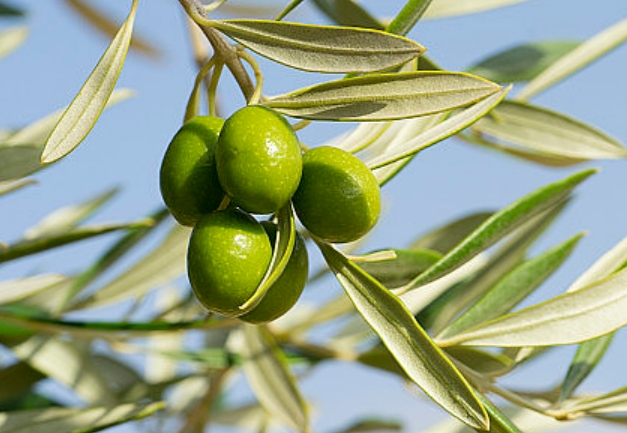Overview
Latin name: Olea europaea
Common name: common olive
Abbr: Oeu
Taxonomy: Oleaceae/Oleeae/Olea
References: NCBI:txid4146
Level: Chromosome
Chromosome number: 2n=2X=46
Genome size: 1257.2Mb

Introduction: Olea europaea, commonly called common olive, is an evergreen tree that is native to the Mediterranean region. It typically grows to 20-30’ tall with a rounded crown. Young trees have smooth gray bark, but trunks and branches will gnarl somewhat picturesquely with age. Opposite, elliptic to lance shaped leaves (to 3” long) are gray-green above and silver-green beneath. Very small white flowers bloom in panicles (to 2” long) in summer on stems from the leaf axils. Flowers are fragrant. Flowers give way to oval green drupes (olives to 1.5” long) which ripen to black. Each olive contains a single pit. Olives from this species are commercially harvested as eating olives and for production of olive oils. A large number of different commercial varieties are grown for fruit production.
Uses: Where winter hardy, they can be grown as ornamentals and/or for fruit production. Climate must be proper for good fruit production. Where not winter hardy, grow in greenhouses or conservatories or in containers that are overwintered in cool indoor locations.
Type: Fruit
Native Range: Mediterranean
Bloom Time: June to July
Bloom Description: White
Flower: Showy, Fragrant
Leaf: Evergreen
Literature:
De novo assembly of a new Olea europaea genome accession using nanopore sequencing
Information sources: PlantFinder